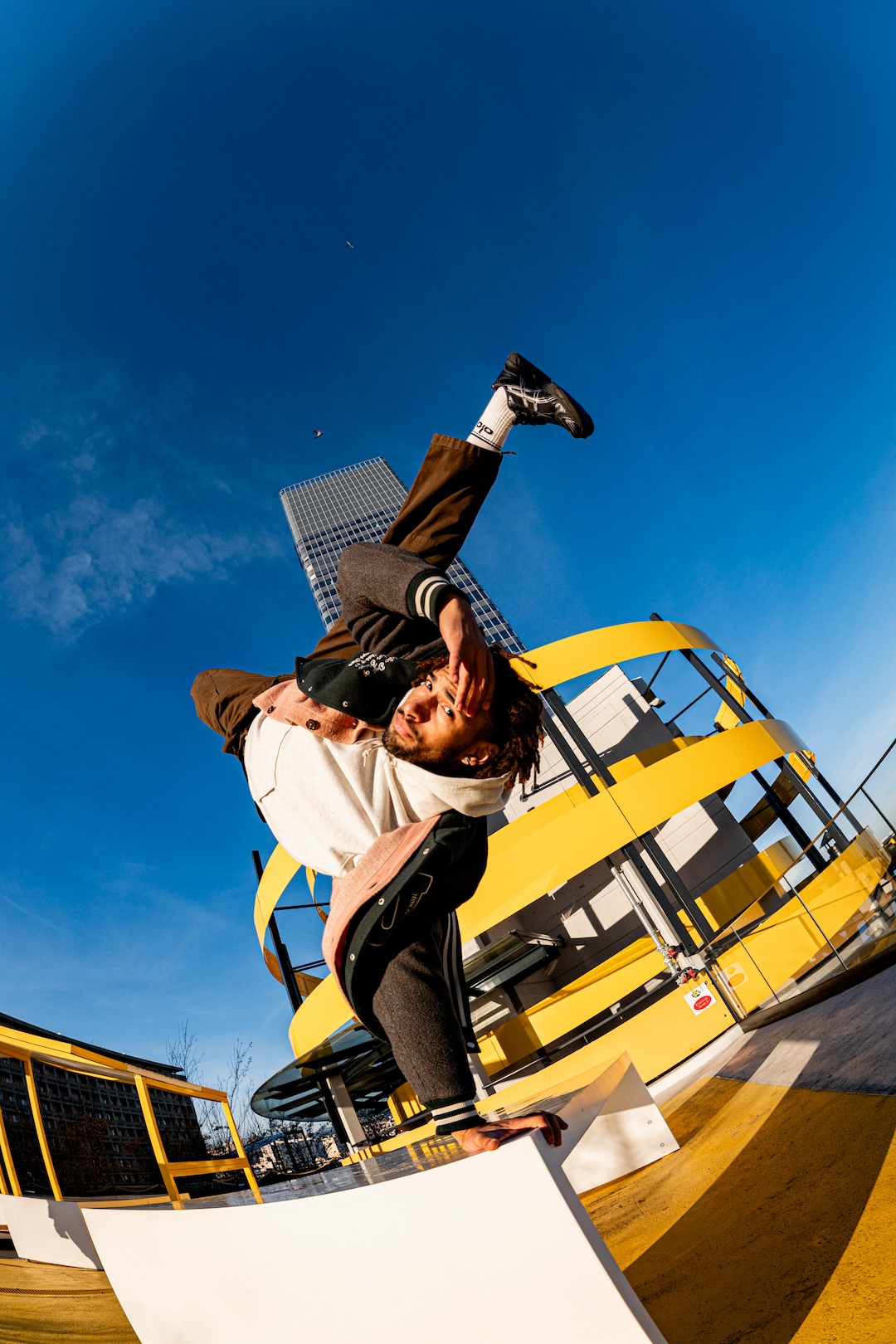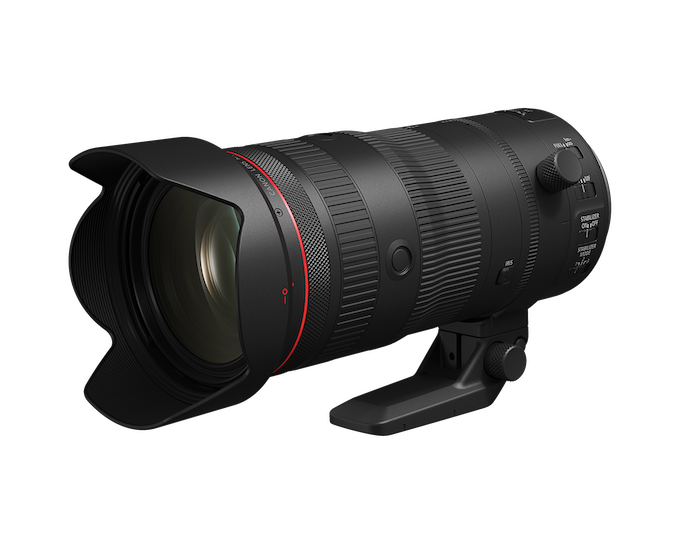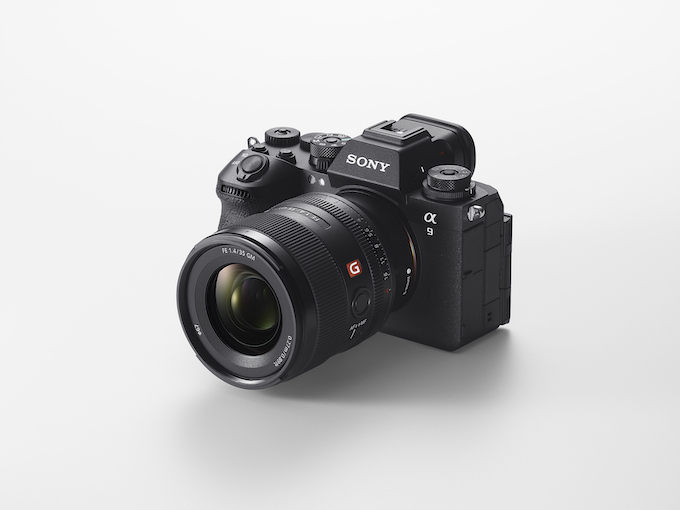Lenses
Tamron 35-150mm f/2-2.8 Lens: One Photographer’s Review
December 30, 2021
In October 2021, Tamron announced a new lens for the Sony E-Mount mirrorless system that had wedding photographers, including myself, drooling—the 35-150mm f/2-2.8 Di III VXD full frame, all-in-one zoom. The focal range on this lens is essentially all you would need to shoot a wedding from start to finish. I was lucky enough to get my hands on the lens to use at a few of my recent weddings with my Sony A9 camera body.
Here are some of my thoughts on Tamron’s 35-150mm f/2-2.8 lens in terms of:
1. Build Quality
2. Autofocus Performance
3. Image Quality
4. Innovation
5. Intangibles

Build Quality on Tamron’s 35-150mm F/2-2.8 Lens
The second you pick up the lens, you know it is impressive. At just over 2.5 pounds, the lens has some heft to it and it’s comparable in weight to most 70-200mm lenses on the market. I’m not the gentlest when it comes to my gear and even after banging it around on a few weddings, it survived unscathed. The 35-150mm f/2-2.8 is also weather-sealed, which is very important because as a wedding photographer, my gear is always subject to the elements.
[Read: Tamron Announces 16.6x Zoom for Fujifilm and Sony Mounts]
Midway through a recent wedding ceremony in St. Augustine, Florida, it started raining. The lens got water all over it while I continued to shoot and zoom in and zoom out, and luckily, there were no issues at all. Another plus—there is no vibration control inside the lens itself, which on the surface sounds like a bad thing but for me it’s not. I already have in-body stabilization in my Sony bodies so I’m covered there, plus if they were to have added it in, it would increase the weight of the lens and increase the price. I’m happy that it wasn’t included.
Autofocus Performance
This is easily one of the most important factors that go into purchasing any lens on the market—how its autofocus performs. Even though this is a third party lens, it focuses like a native lens. I didn’t perform any scientific tests or speed tests but I have a bunch of native Sony glass and have shot with them for years, and when I shot with this Tamron lens I saw no difference. I never had any issues acquiring focus and never experienced any hunting. The eye Autofocus also worked amazingly. If you’re on the fence of wether or not you should get this lens, its autofocus performance will definitely be in your Pros column on why you should pull the trigger.
Image Quality
From 35mm to 150mm, the images produced with this lens were amazing. The lens is tack sharp even when shooting wide open at f/2. What’s special about this lens compared to any of its competing zoom lens offerings is the aperture range. At its widest at 35mm, you’re getting f/2 speed versus the competitions’ f/2.8. Which means you’re getting more light and more bokeh than the competitors. I had no issues with distortion and the chromatic aberration is basically non existent. The colors from this lens are beautiful and really pop in post production. Straight out of the raw file they appear to be a bit more muted and less punchy than they would out of native Sony lenses, but I actually prefer that. As far as lens character goes, I love that Tamron didn’t try to eliminate lens flare all together from the glass. I love lens flare and if properly composed, your photos can really stand out.
[Read: Unboxing Tamron Lens: 17-70mm f/2.8 Di III-A VC RXD]
Innovation
Something Tamron did with this lens that I really love is that they have a usb-c port on the lens itself. What’s so awesome about this is that when it comes to firmware updates and customizing the lens, you no longer need to buy an Adapter of any sort to plug the lens up to and then plug it up to your computer. The lens can plug into a usb-c chord and go straight into your computer. You can then download free Tamron software to do firmware updates and customizations. This lens also comes with buttons and switches that you can program for your shooting needs. You can even customize the manual focus ring. As a shooter who always relies on auto-focus, I program my manual focus ring to adjust my ISO settings. Again, you can do all of these with ease using Tamron’s free downloadable software when you plug the lens into your computer.
Intangibles
Let’s get to the most important bit of business—the intangibles. The following are the reasons why this lens is the ultimate wedding photographers lens. It basically removes every other lens from your bag with exceptions for specialty lenses (ultra wide, macro). When shooting weddings, you need to have the gear that can cover every aspect of the wedding day such as, details, getting ready, group portraits, bride and groom, ceremony, reception/dancing, and exits. If you’re a zoom shooter, this lens allows you to drop a 24-70mm and a 70-200/70-180mm and you only need to shoot with this one lens. If you shoot with primes, this basically will replace your entire load out—in my case, my 35mm, 50mm, 85mm and the 135mm. The only other lens I need on a wedding day is an ultra wide, which helps me in tight spaces or for creative shots. In sum, this lens has allowed me to go from bringing five to six lenses to a wedding to only needing two. That’s something to be excited about!
Final Verdict on Tamron’s 35-150mm f/2-2.8 Lens
This is without a doubt the best lens on the market for wedding photographers. From someone who was used to use his primes and constantly change them in and out, this made my day so much easier and the results were quite impressive. This lens, paired with an ultra wide, is the best combination you could have for your weddings.
(See the gallery above to view an array of images from the different parts of a wedding day that were all shot with Tamron’s 35-150mm f/2-2.8 lens and a Sony A9.)
Scott Stockton is a Charlotte, North Carolina-based wedding photographer who will travel the world to tell a wedding couple’s story. He will do anything and everything to ensure that he takes the best images for his couples. That includes getting in streams, lakes, trees, fields, busy streets, carriage rides and more, all to get the best shot possible.




